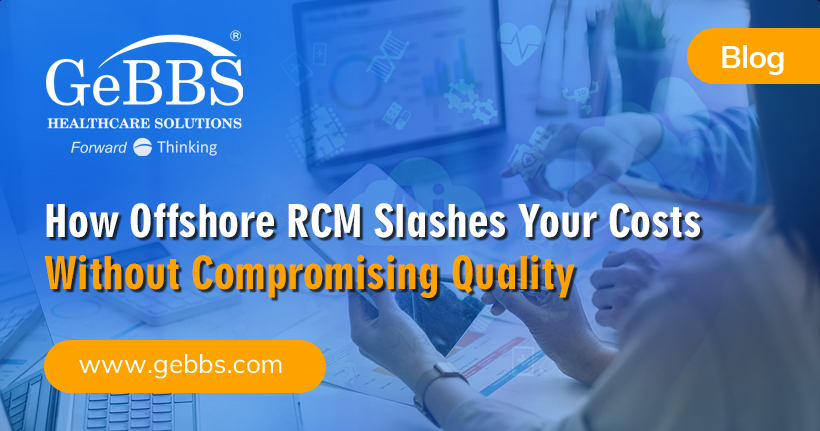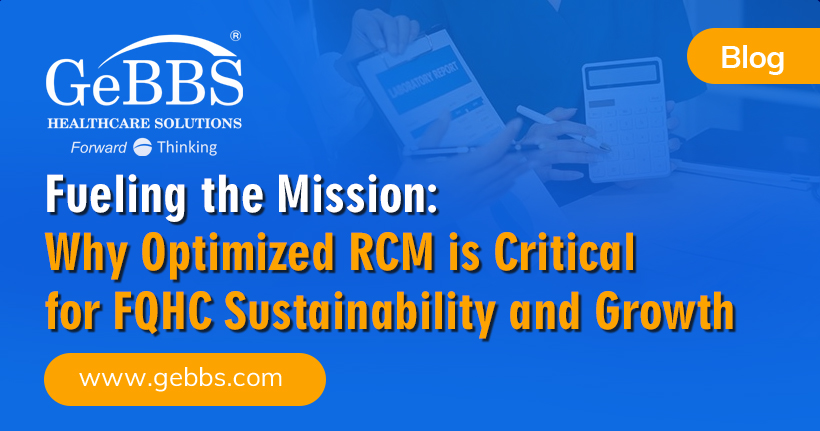In today’s healthcare economic climate, the majority of healthcare providers are acutely interested in optimizing their revenue cycle performance. The first aspect to be considered is — where is the best place to start? It is also important to remember that revenue cycle performance improvement is a journey, not a destination.
Another point to consider is that it is much more cost-effective and easier to improve cash collections and liquidity on current patient revenue than it is to find new revenue streams or drive new patients to your facility. Once you have supplied services for a patient, every dollar – possible — should be collected. Some industry experts estimate that hospitals are losing from three to five percent of their net revenue from inadequate revenue cycle management processes and procedures. Capturing revenue from all payer sources has become of paramount importance. The largest amount of revenue losses are often the direct result of poor data capture at the front-end of the revenue cycle and operational inefficiencies. A smaller but still significant amount of losses come from unidentified or undetected government and commercial revenue sources that end up in the self-pay financial class and eventually go uncollected.
Bad debt continues to rise as patients take greater risk by choosing higher deductible health plans to reduce their overall out-of-pocket costs. Even with the advent of healthcare reform, many patients are forced to under insure themselves or go without insurance all together.
Aside from the self-pay collection process challenges , hospitals are plagued by the rising costs and financial repercussions of performing revenue cycle activities, such as handling insurance payment rejections and denials, identifying lost charges, delayed payments, underpayments, and the hidden costs of reworks.
Healthcare providers are continually searching for new tools and technologies, which offer end-to-end solutions to boost revenues and operational efficiencies across their entire revenue cycle. No longer are the current “bolt on” single technology solutions acceptable as a stopgap solution in today’s complex environment. Healthcare executives are looking for cost-efficient, overarching strategies and technology solutions, which complement their current systems and processes, and provide the business and operational intelligence data needed to optimize financial and operational performance.
The first steps that should be taken to identify performance improvement opportunities are:
- Assess and map the current state of your revenue cycle
- Identify key challenges and the systemic causes of these challenges
- Brainstorm with your financial staff strategic and tactical solutions to these challenges
- Outline best practices technologies, review the possibility of outsourcing some or all of your RCM, and redesign your processes to meet these challenges
Once your revenue cycle challenges are identified, employing the following five key strategies offers proven results for enhancing your revenue cycle performance:
- Employ Business Operational Intelligence
- Ensure Physician Order Communication is viable
- Institute a Medical Necessity Screening process
- Establish a Zero Error and Defect in Registration Quality
- Create efficient and viable POS and Self-Pay Collection procedures.
The benefits of implementing these strategies are:
- Ability to track any performance metric to ensure top performance
- Maintaining a seamless flow of information within the revenue cycle
- Increased information accuracy
- Decreased denials
- Decreased manual effort to bill and collect
- Better accuracy and communication between referring physician offices and the hospital
- Improved patient satisfaction ratings






